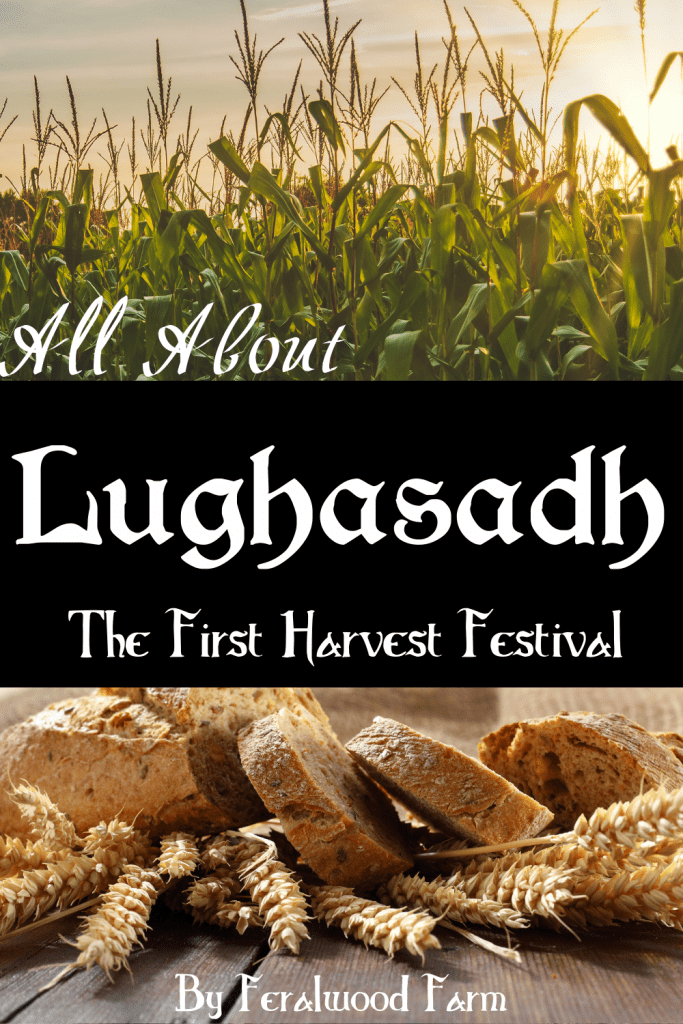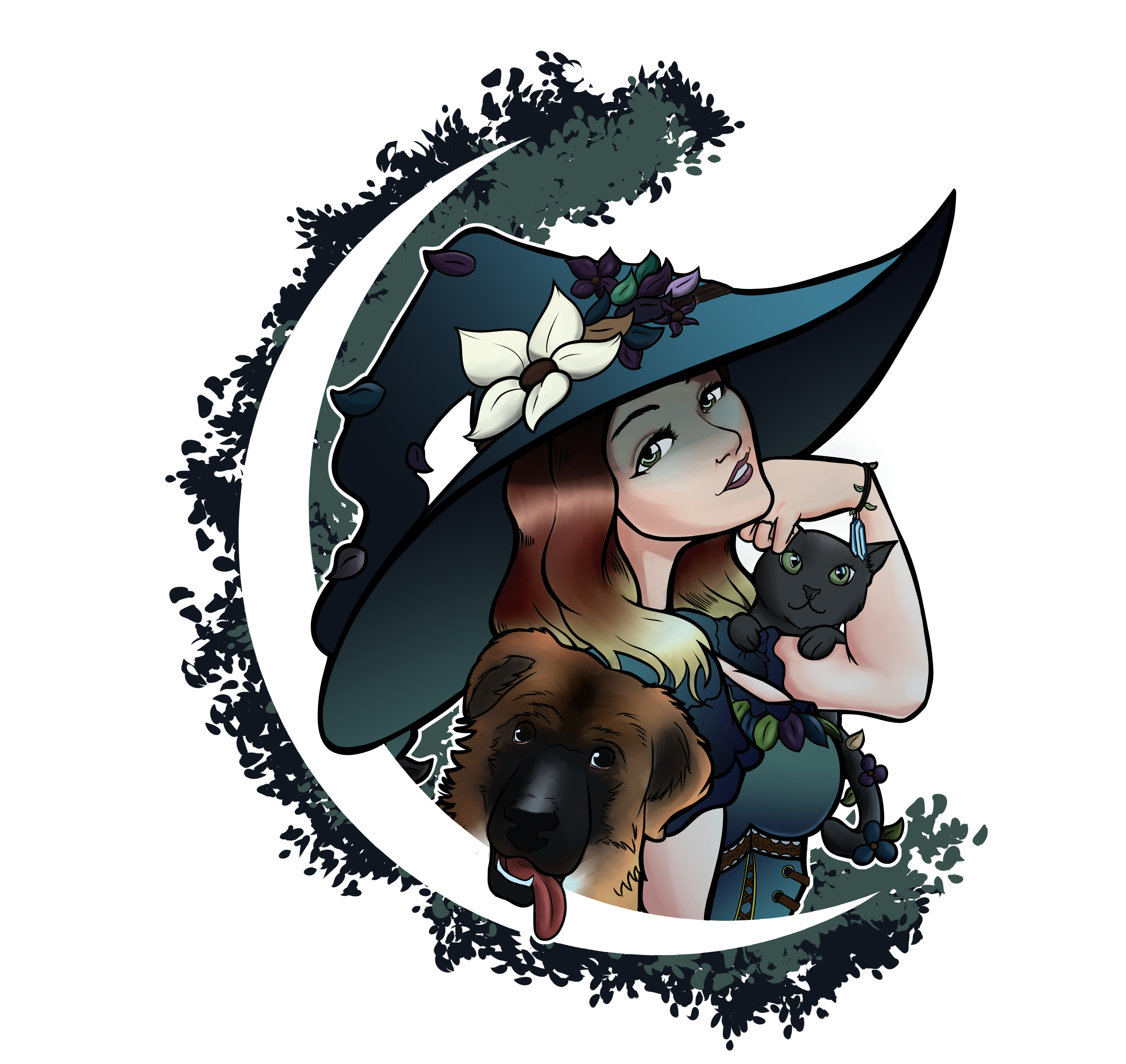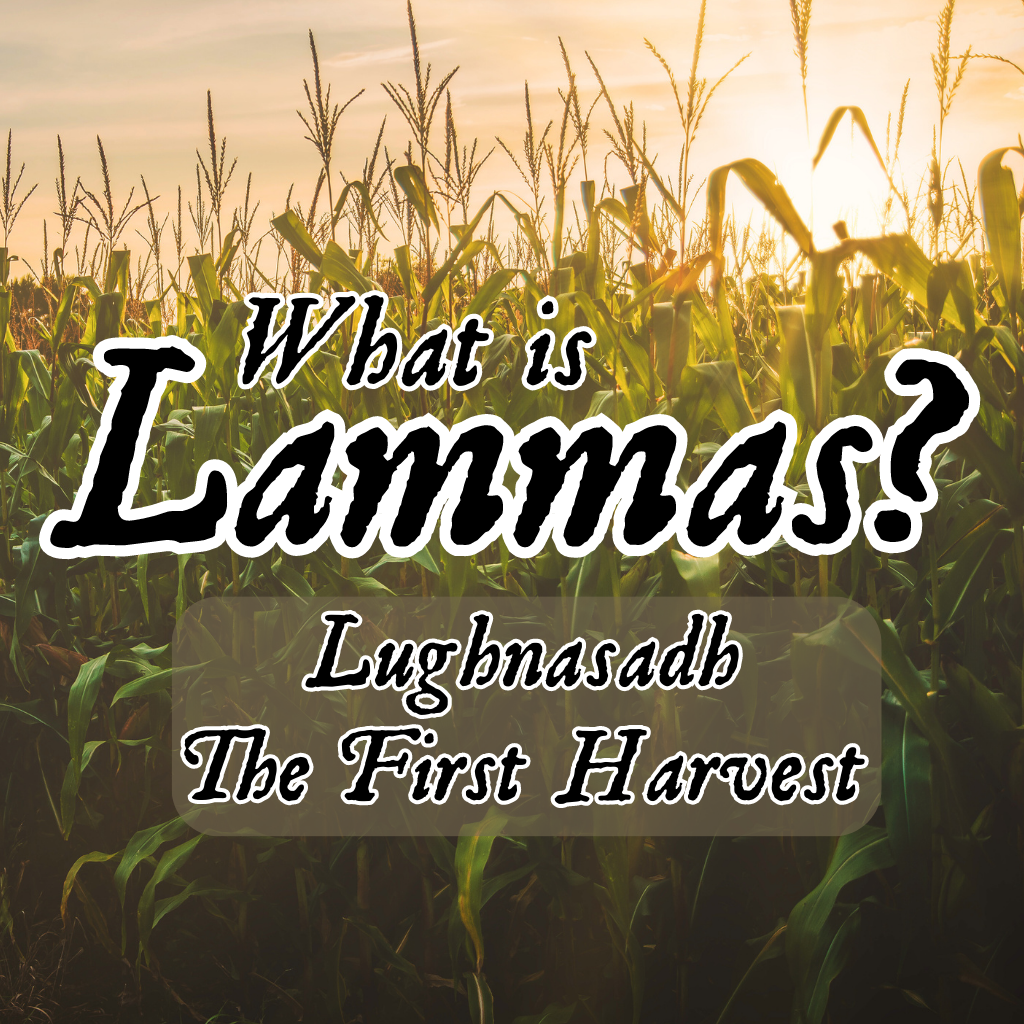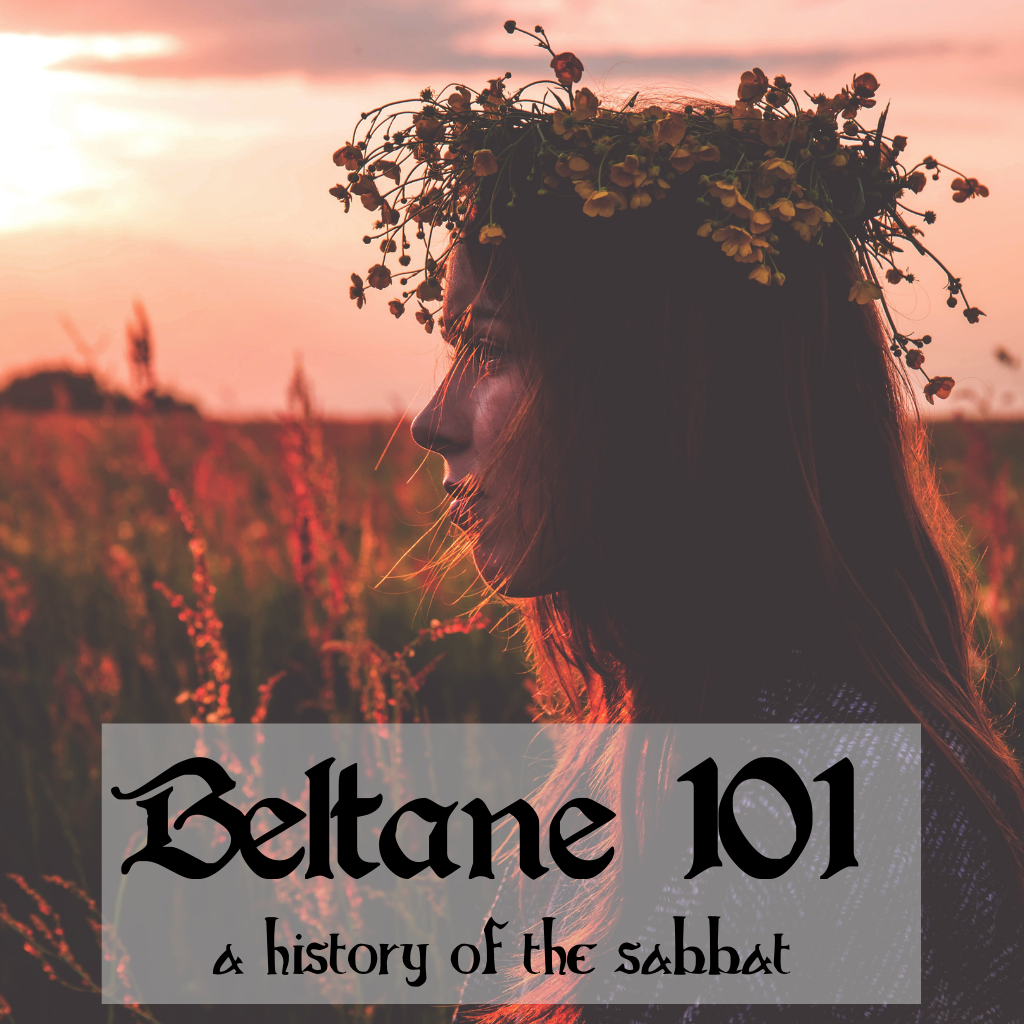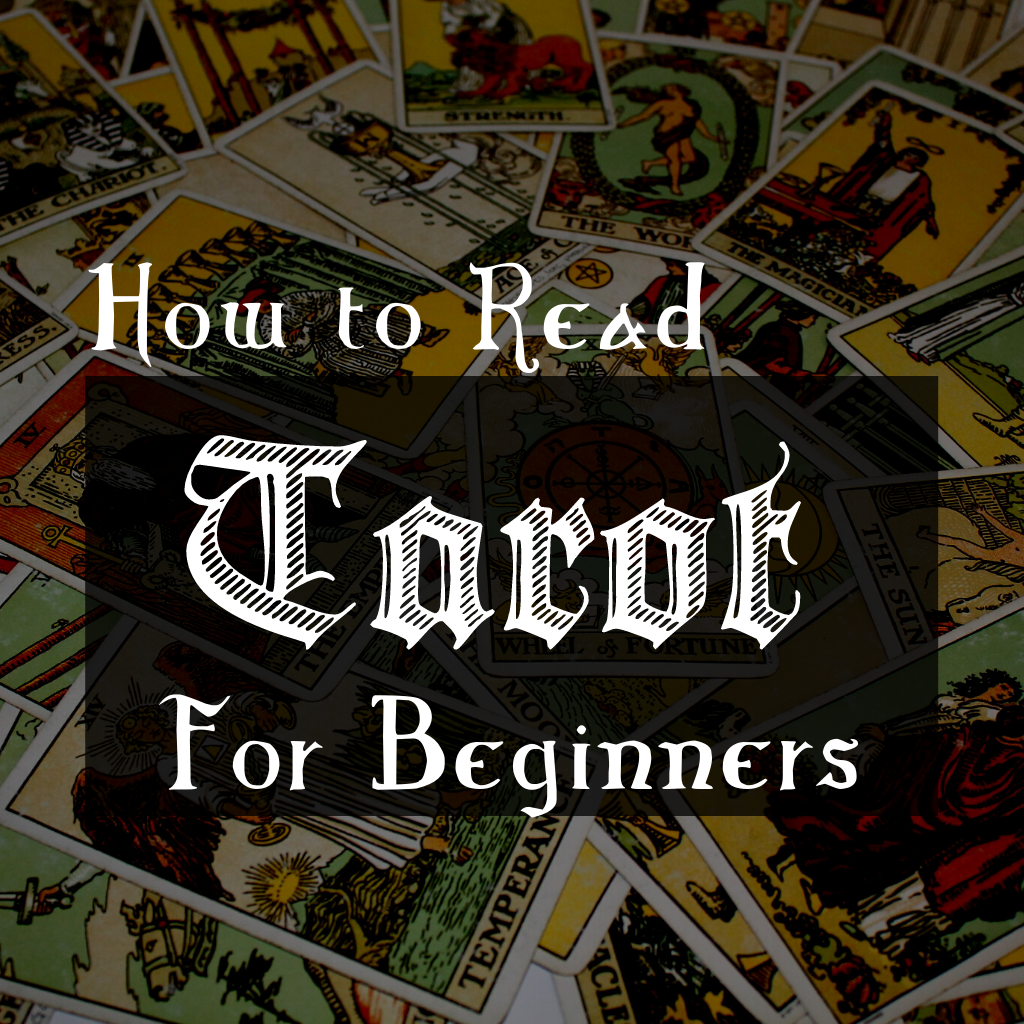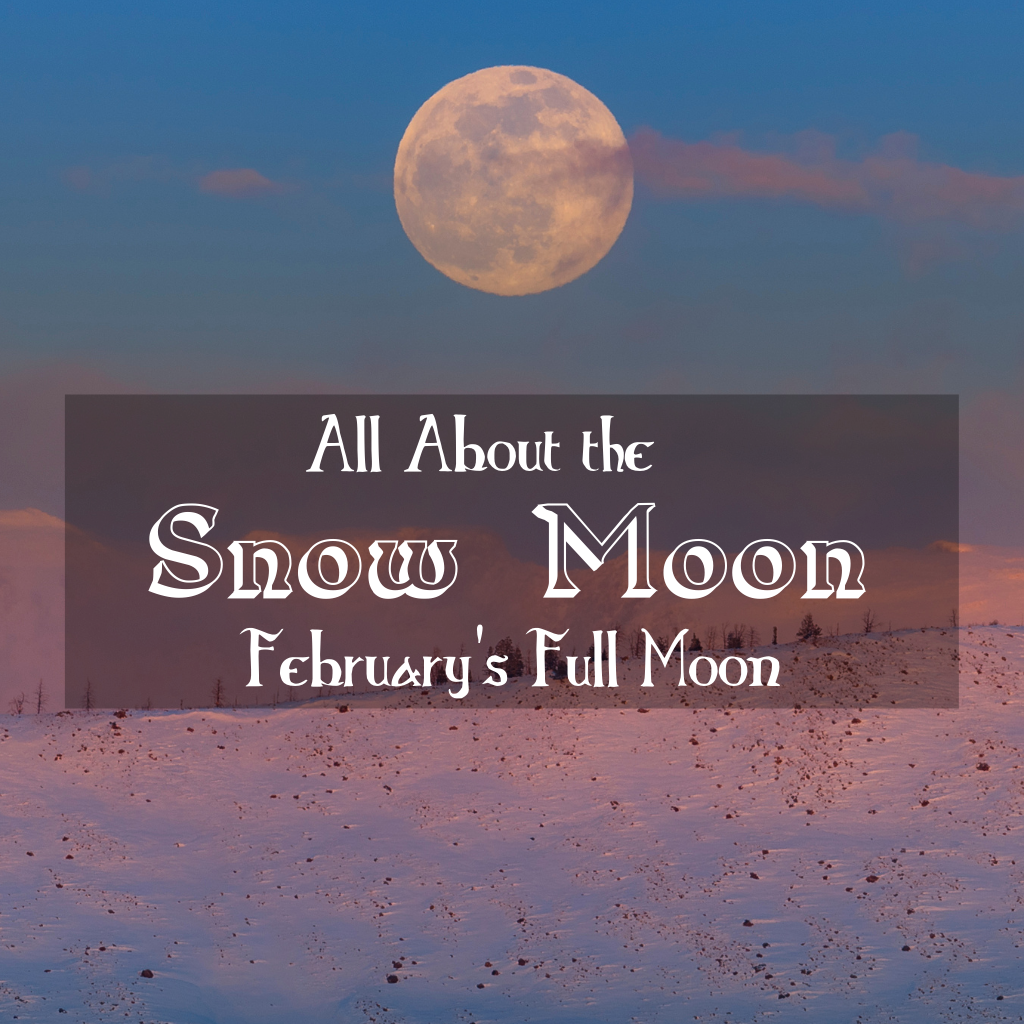Learn about the First Harvest festival on the Wheel of the Year: Lughnasadh, also known as Lammas. All the history, correspondences, magical workings, and more.
This post may contain affiliate links and I may earn a small commission when you click on the links at no additional cost to you! Thank you in advance for helping to support the site!
What is Lughnasadh?
Lughnasadh (ˈluːnasa), also commonly known as Lammas (ˈla-məs ), is the first of the three harvest festivals on the Wheel of the Year. Usually celebrated from August 1st-2nd in the Northern Hemisphere, and February 1st-2nd in the Southern Hemisphere, this is also the halfway point between the Summer Solstice and Autumn Equinox. This sabbat is a celebration of our first major harvest of the Summer season and a time of plenty as we prepare for darker days ahead.
The name Lughnasadh comes from Gaelic Irish meaning “Commemoration of Lugh”. Lugh is the Irish god of Craftsmen, Warriors, Seers, Diviners, Poets, Kings, and Justice. Lugh itself means “Brightness” or “Light”, and this date was celebrated in his honor as this was the date upon which he defeated the spirits of Tír na nÓg.
The modern Irish Gaelic name for the month of August is Lúnasa. In Scottish Gaelic Lunasda means the 1st of August.
Eilthireach "Deeper into Lughnasadh"
Also on this day in 18 BC, the Emperor Augustus inaugurated Lugdunum (luɡˈduː.num), meaning “Fort of Lug” as the capital of Roman Gaul. Lugh, or the Celtic god Lug, was considered to be the same as the Roman Mercury, and is later associated with the Archangel Michael. This city is now known as Lyon in modern day France.
Other Names or Similar Celebrations
- Lammas – Derived from “Loaf Mass” or “Loaf Harvest”
- The First Harvest
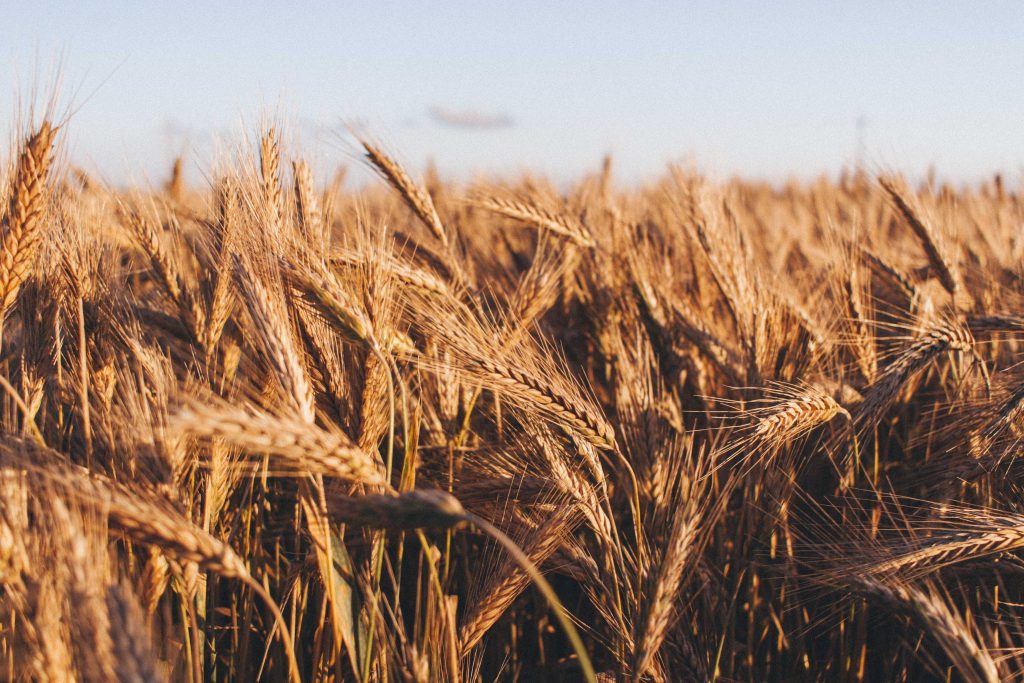
Common Lughnasadh Traditions
Often times as part of the holiday, villages would hold competitive games similar to the Olympics, these included events such as horse racing, athletics, weapon challenges, and more.
It is common to craft an item in dedication to Lugh, as he is a skilled craftsmen as well as a warrior.
To start of the day, the first cutting of the corn took place and was dedicated as an offering to the deities. This portion was commonly brought to a high location such as a nearby hill and buried.
The first portion of wheat harvested was baked into a loaf of bread to be shared and celebrated amongst the people.
The first sheaf of barley harvested was ceremonially brewed into the first beer of the season.
Lastly, the final sheaf of corn harvested that day was often made into a corn dolly. A symbol of fertility and abundance, this dolly was centerpiece to the feast that night, and then would remain in the home until the next harvest.
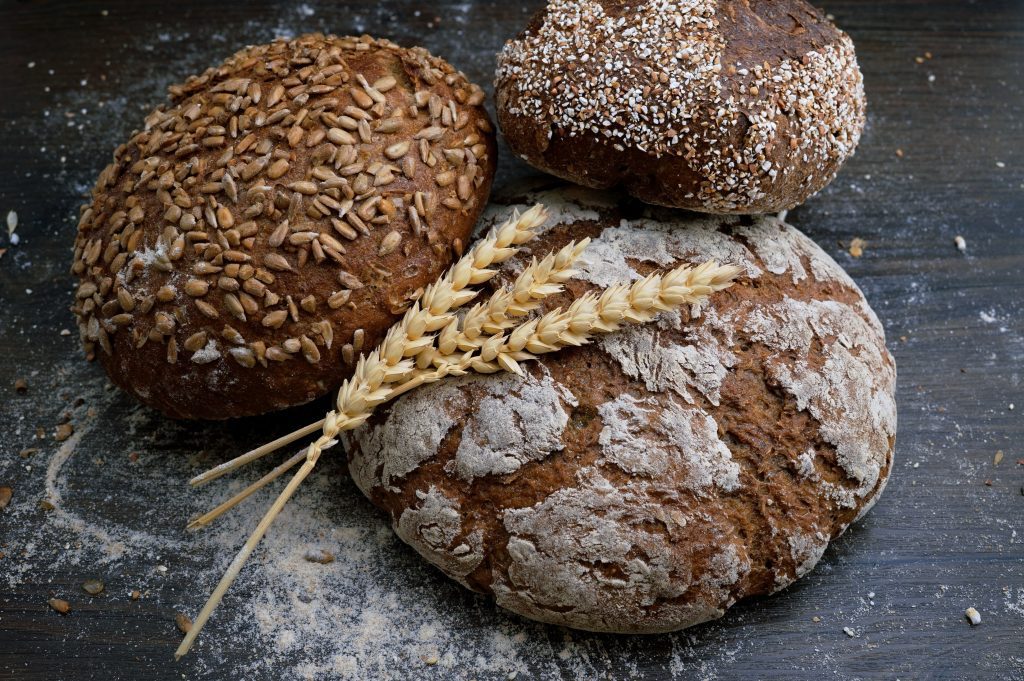
Lughnasadh Correspondences
Colors
- Yellow
- Gold
- Green
- Brown
- Bronze
Crystals, Stones, & Minerals
- Carnelian
- Citrine
- Aventurine
- Tiger’s Eye
- Obsidian
- Lodestone
- Moss Agate
- Onyx
- Quartz
- Peridot
- Golden Topaz
Animals
- Bees
- Butterflies
- Fireflies
- Rooster
- Deer
- Cows
- Oxen
- Sheep
- Crow
- Pig
- Squirrel
- Eagle
- Salmon
- Horses
- Donkeys
Trees
- Acacia
- Oak
- Apple
Herbs & Plants
- Sunflower
- Peony
- Marigold
- Basil
- Rosehip
- Rosemary
- Mugwort
- Frankincense
- Bay
- Cinnamon
- Yarrow
- Poppy
- Clover
- Blackthorn
- Goldenrod
Food & Drink
- Corn
- Wheat
- Grains
- Breads
- Seasonal Berries
- Beer
- Mead
- Fresh fruit
- Honey or fruit cakes
- Iced Teas
- Lemonade
Deities
- Lugh
- Tailtiu
- Danu
- Demeter
- Ceres
- Persephone
- Adonis
- Dagon
- Mercury
- Pomona
- Isis
- Osiris
- Taranis
- Grain Mother
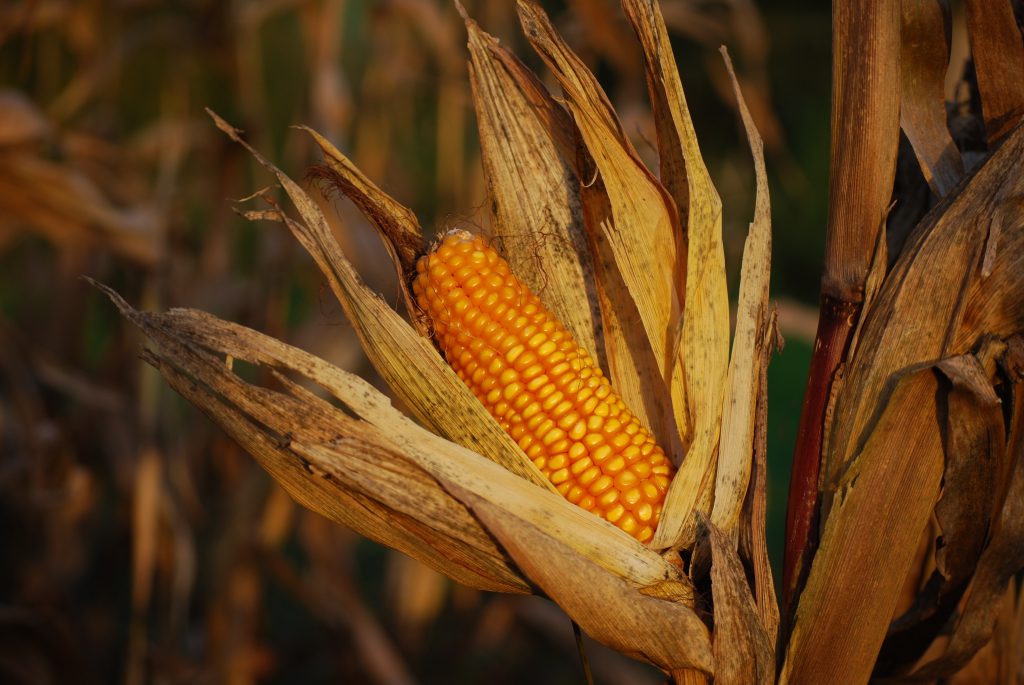
Ideas for Magick Workings on Lughnasadh
- Abundance
- Harvest
- Blessings
- Growth
- Gratitude
- Prosperity
- Protection
- Health
- Solar Magick
- Cloud Divination
- Working with the Fire Element
More About the Wheel of the Year
Sabbat Celebrations Playlist
Pin it for Later
